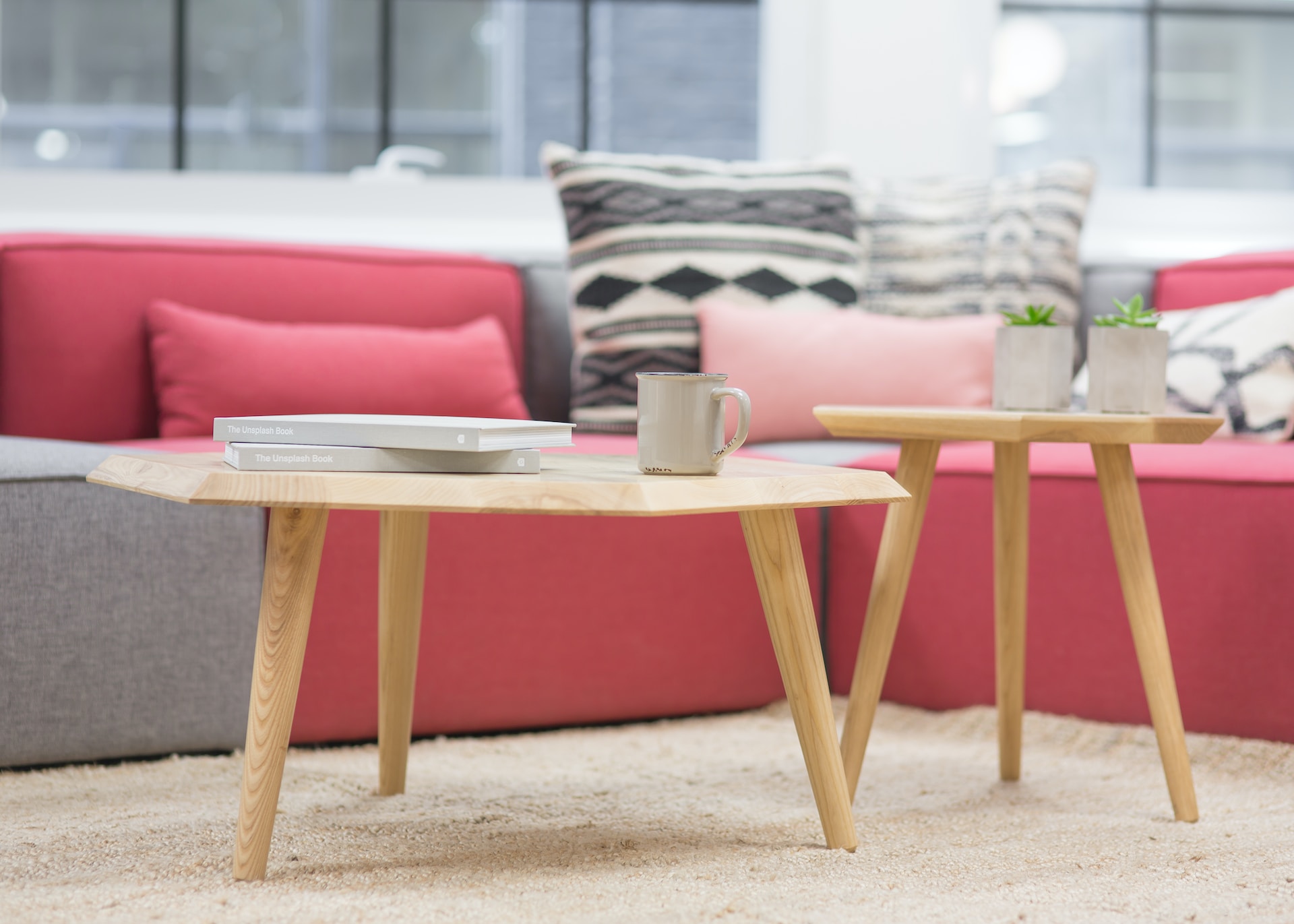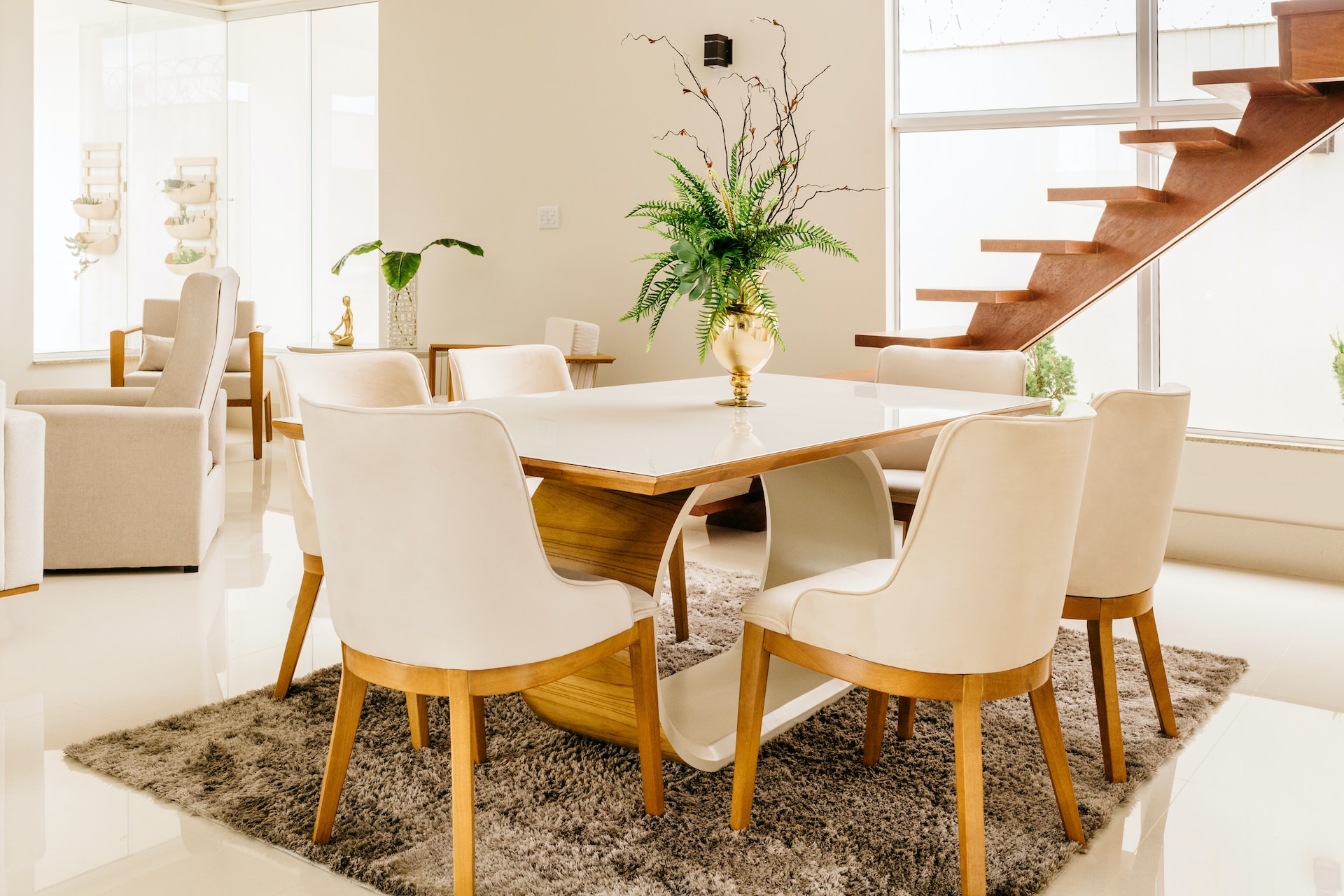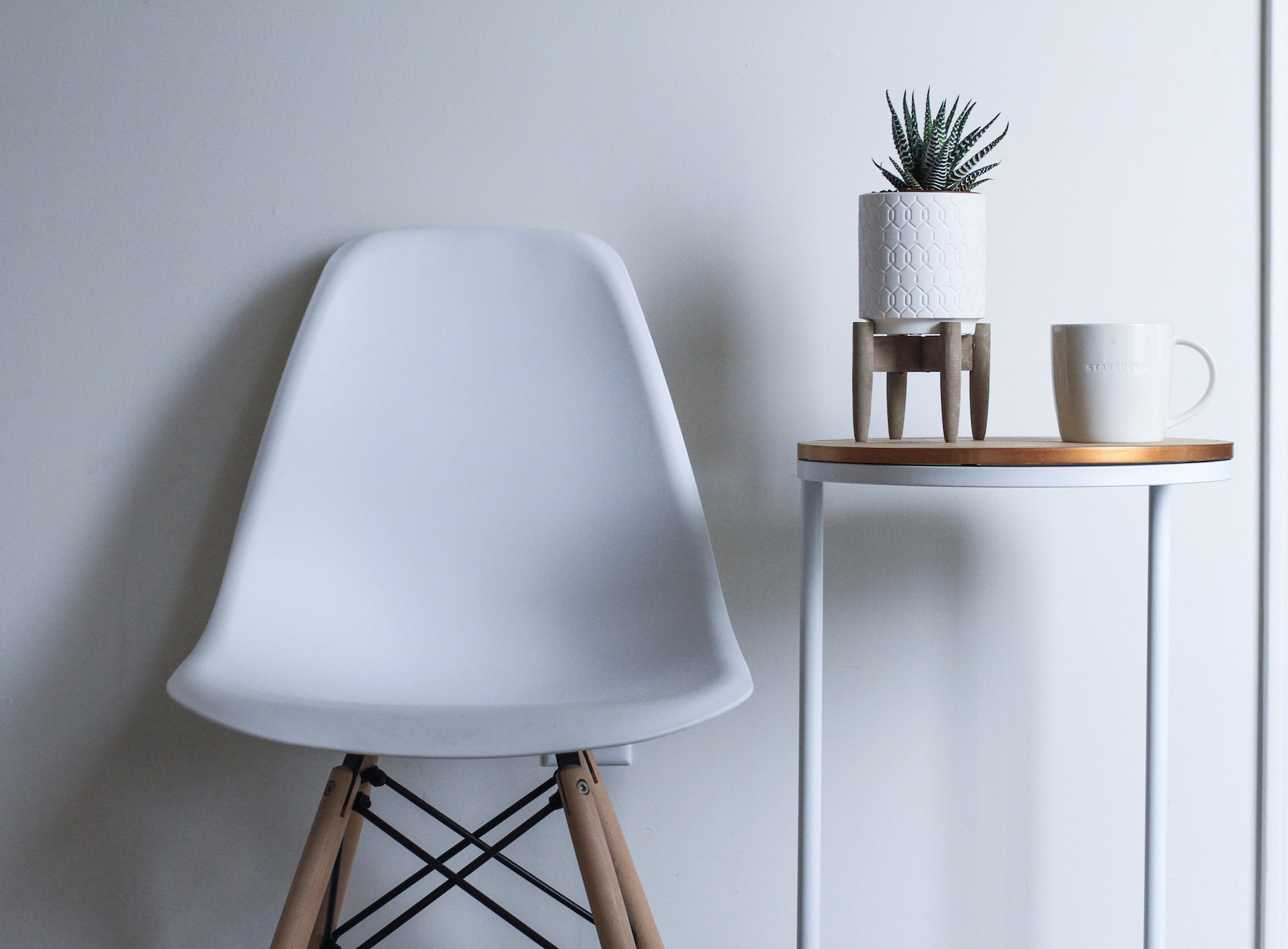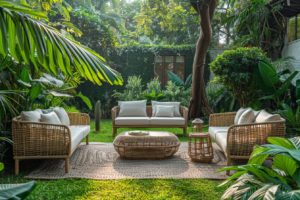When we talk about interior design, it’s impossible not to mention the immense influence of Scandinavian design from the 1950s. Characterized by a minimalist, functional and timeless aesthetic, this style has revolutionized the way we design our spaces of life. Today, Scandinavian design continues to be a major source of inspiration for decoration enthusiasts, bringing a touch of simplicity, elegance and warmth to our interiors.
Simplicity serving functionality
One of the great strengths of Scandinavian design from the 1950s lies in its ability to combine simplicity and functionality. Scandinavian designers of the time sought to create furniture and objects that were both beautiful and useful. This is how the expression “form follows function” was born. The pieces were designed to meet everyday needs, favoring clean lines and quality materials. This pragmatic approach created timeless and durable pieces that continue to be appreciated today.
Natural materials, a trademark
Scandinavian design from the 1950s also emphasizes the use of natural materials. Wood, in particular, is omnipresent in Scandinavian furniture. Whether teak, oak or birch, Scandinavian designers favored light wood species, which bring warmth and conviviality to our interiors. Natural textiles, such as linen and wool, are also very present in Scandinavian decoration, bringing softness and comfort to our living spaces.

Clean lines and functionality
Scandinavian design from the 1950s is characterized by clean, minimalist and functional lines. The furniture is simple, without unnecessary frills, emphasizing the natural beauty of the materials. Simple geometric shapes, such as rectangles and circles, are preferred. This minimalist aesthetic allows each element to blend seamlessly into any interior design style.
Soft and warm colors
One of the main characteristics of 1950s Scandinavian design is the use of soft, warm colors. Pastel shades, such as white, beige, light gray and pale blue, are very present. These discreet colors create a soothing and elegant atmosphere, conducive to relaxation and conviviality. They also allow you to highlight the shapes and materials of the furniture.
The importance of natural light
Natural light plays an essential role in Scandinavian interior design from the 1950s. Large windows and bay windows are favored to maximize the entry of light into the living spaces. Curtains are generally lightweight and sheer, allowing light to filter through delicately. This approach creates a bright and airy atmosphere, highlighting the purity of lines and materials.
Scandinavian design today
Scandinavian design from the 1950s has survived the decades without aging. Today, it continues to be a major source of inspiration for interior design professionals and decoration enthusiasts. Its minimalist and functional aesthetic fits perfectly into all styles of decoration, from the most contemporary to the most traditional. Scandinavian furniture, such as Eames armchairs or Wishbone chairs, have become true design icons. Natural materials, clean lines and soft colors are all assets that make Scandinavian design a timeless and versatile choice.
The psychological impact of Scandinavian design
Interior decoration is not just limited to the aesthetic aspect of a space. It also influences the way we feel and interact with our environment. By considering Scandinavian design from the 50s, we can deepen its psychological dimension and its influence on our well-being.
The feeling of peace and serenity
Scandinavian design, thanks to its soft colors, natural materials and simplicity, creates an environment that brings inner peace. Neutral shades, like off-white or light gray, reflect a calm atmosphere, helping to reduce stress and anxiety. This soft palette is an invitation to relaxation and meditation, offering refuge from the chaos outside.
Harmony with nature
Scandinavian designers of the time were deeply inspired by their natural surroundings. This results in the abundant use of wood and other organic materials. Living surrounded by these natural materials can strengthen our connection with nature, constantly reminding us of its importance. This connection with nature, supported by interior decoration, can increase our sense of belonging and well-being.
The balance between private and social
The arrangement of furniture and spaces in Scandinavian design promotes both intimate moments and social interactions. The spaces are designed to be welcoming, encouraging moments with family or friends. At the same time, the simplicity of the design allows you to come together, reflect, and relax alone. This balance is essential for our mental well-being, allowing us to connect with others while maintaining our privacy.
Promoting authenticity
Instead of following fleeting trends, Scandinavian design emphasizes authenticity. The pieces are built to last, both in terms of quality and style. This valuing of authenticity can encourage us to seek truth and simplicity in other aspects of our lives, to appreciate what is real and lasting.

The adaptability of Scandinavian design in contemporary culture
With the rapid evolution of our modern world, it can be fascinating to see that certain design styles, such as Scandinavian design from the 1950s, remain relevant and adapted to our daily lives. But what makes this style so universally loved, and how does it fit into our contemporary living spaces, influenced by various cultures and technologies?
The universality of fundamental principles
Scandinavian design, although deeply rooted in Nordic culture, is based on universal principles of simplicity, functionality and intimacy with nature. These concepts are timeless and cross cultural boundaries. In our increasingly urbanized world, the majority of individuals aspire to a return to basics, to a refined and serene environment. This desire is even more pronounced in an age where technology and information constantly overwhelm us.
The marriage between tradition and modernity
Scandinavian design has not been confined to the 1950s. It has evolved, adapting to changing needs and external influences, while remaining true to its roots. So, although light wood, clean shapes and soft tones remain iconic, new elements have been incorporated. For example, the use of sustainable technologies, modular designs and bright pops of color reflect the fusion of old and new.
Versatility in different spaces
The minimalism and functionality of Scandinavian design make it ideal for a variety of spaces, from small city apartments to expansive country homes. The ability to optimize space, by favoring multifunctional furniture and a refined design, meets the needs of contemporary spaces that are often limited.
Integration of new technologies
Although Scandinavian design values nature and traditional materials, it does not neglect technological innovations. Modern homes outfitted in this style can incorporate smart home technologies, advanced lighting solutions or eco-friendly heating systems, all without compromising aesthetics.













